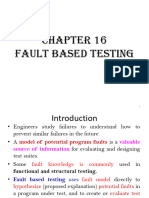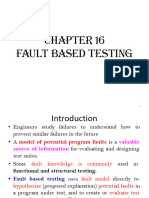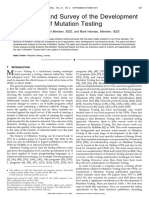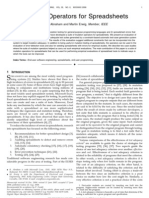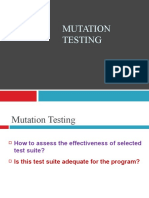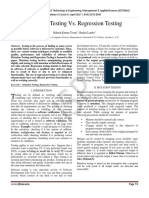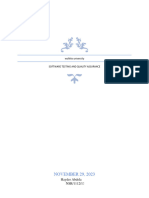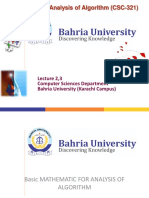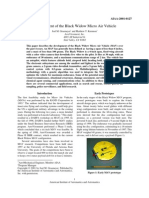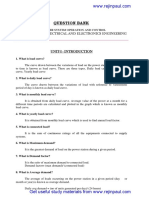0% found this document useful (0 votes)
64 views14 pagesWhat Is Mutation Testing ?
Mutation testing involves making small changes to code, called mutants, and comparing the outputs of the original and mutant codes when run on a test suite. It is based on the hypothesis that a test suite that can distinguish between correct code and code with simple faults can also detect more complex faults. The basic steps are: 1) run original code on test suite, 2) generate mutant codes, 3) run each mutant and compare outputs to original, 4) add more test cases if mutants remain live, and 5) terminate when no live mutants remain except equivalents.
Uploaded by
Vishwanath KodandapaniCopyright
© © All Rights Reserved
We take content rights seriously. If you suspect this is your content, claim it here.
Available Formats
Download as PDF, TXT or read online on Scribd
0% found this document useful (0 votes)
64 views14 pagesWhat Is Mutation Testing ?
Mutation testing involves making small changes to code, called mutants, and comparing the outputs of the original and mutant codes when run on a test suite. It is based on the hypothesis that a test suite that can distinguish between correct code and code with simple faults can also detect more complex faults. The basic steps are: 1) run original code on test suite, 2) generate mutant codes, 3) run each mutant and compare outputs to original, 4) add more test cases if mutants remain live, and 5) terminate when no live mutants remain except equivalents.
Uploaded by
Vishwanath KodandapaniCopyright
© © All Rights Reserved
We take content rights seriously. If you suspect this is your content, claim it here.
Available Formats
Download as PDF, TXT or read online on Scribd
/ 14

